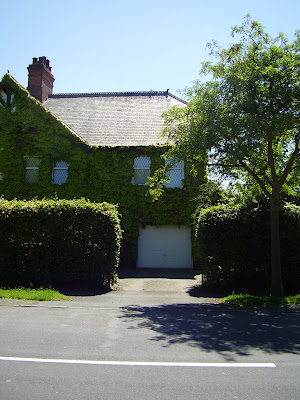 The camel-mounted armed Constabulary of Somaliland at the time of the Great War has distracted my attention from the other things I should be doing.
The camel-mounted armed Constabulary of Somaliland at the time of the Great War has distracted my attention from the other things I should be doing.I took the picture of the plaque in Gainsborough Parish Church when there for the Ordination recently. It caught my eye as the son of an African District Commissioner from the 1950s, but it stood out as a remarkable period piece in its own right.
There is the litany of names: Jubaland (that part of modern Somalia nearest Kenya, through which the Juba river flows), Bardera (one of its largest modern settlements), Serenli (around which the famine of the 1970s and the Civil War of the 1990s raged) and 'the frontier grave'.
There is Elliott’s close interest in the people he served: alongside his colonial service responsibility he is a Fellow of the Royal Geographical Society and his family are sufficiently proud of the comments on the value of his research to include a quotation about it.
There is the quotation from the end of Henry Newbolt’s Clifton Chapel (published seven years earlier) with the Latin who perished far away before his time but as a soldier and for his country.
I discover that regular troops were withdrawn from Jubaland at the outbreak of War because they were needed elsewhere, so an armed Constabulary had to fill the gap. Elliott, thirty-five African police and fifty villagers were all killed in one attack by a local warlord while their arms were locked up in the guard room for the night. The looted arms and ammunition fuelled other raids for the rest of the year.
The Commonwealth War Graves Commission website gives him as of the Lincolnshire Regiment and his burial place as Mogadishu, one of only three Great War graves in a mainly Second World War cemetery to which his body must have been moved from its original burial place.
It also gives his birth place as Gainsborough and his father as a clergyman in Lincoln, who turns out to have been the Headmaster of Queen Elizabeth Grammar School in Gainsborough from 1874 (before his son Francis was born) until 1906 (by which time he would be twenty-five).
That is a satisfying amount to have found out in a couple of hours, but, nevertheless, I think I ought to get back to some work.










